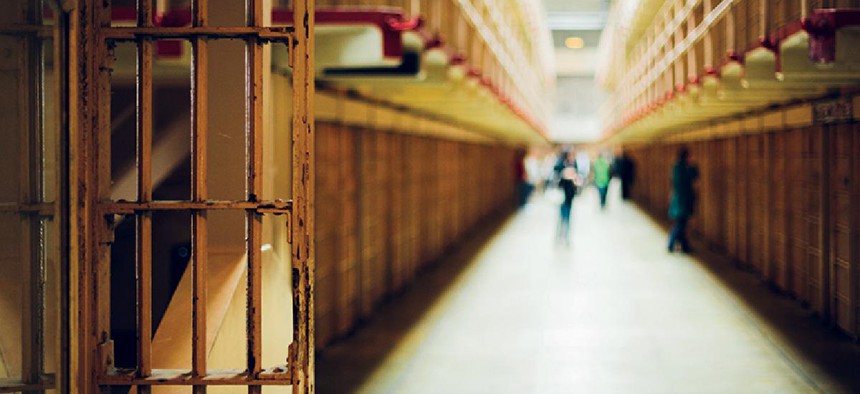As crime in New York City has dropped to record lows, the number of people in the Rikers Island jail complex has declined by more than 20 percent, from more than 11,000 on Jan. 1, 2014 to fewer than 9,000 on Jan. 1, 2018. Despite these successes, one subgroup on Rikers has grown: people accused of violating the technical terms of their state parole by missing curfew, failing an alcohol or drug test, or spending time with other people who have criminal records.
Thousands of people on parole from state prison cycle through Rikers each year, interrupting the ties to jobs, family and community that are essential to their ultimate success. This penalty is often disproportionate for minor violations. Unlike in most other states, the number of people on parole in New York who are in jail on technical violations is growing. In New York City alone, this population has risen by 15 percent over the past four years and accounts for approximately 8 percent of the people on Rikers.
There is a better way. Changes to state laws can reduce the number of people in jail and prison for technical violations, leading to better outcomes for those on parole. Those changes could also accelerate the timeline for shuttering the troubled jails on Rikers, as New York City Mayor Bill de Blasio has proposed.
In New York, people on parole are released from state prison under various conditions. When a parole officer believes that a person on parole has failed to comply with one of these conditions – known as a technical violation – the officer can have him or her remanded to a local jail pending a revocation hearing to determine whether to send him or her back to state prison.
This process takes nearly two months on average, which the person on parole spends in a local jail like Rikers. One-third of these people are released back into the community at the end of this process. The rest go back to state prison.
Sending people to jail or prison for technical violations has little to do with public safety, particularly because the violations themselves do not involve violence or criminal offenses. It also imposes significant costs on taxpayers: $270,000 per year for each bed on Rikers Island.
We should invest this money in community services and housing to help people on parole succeed, rather than incarcerate them.
There are some practical steps that our state can take to improve parole, as outlined in a recent report from Vincent Schiraldi and Jennifer Arzu of Columbia University’s Justice Lab:
First, New York should ensure that only paroled people who pose a risk to public safety or of fleeing are jailed while they await the determination whether they will be sent back to state prison. If they do not pose a risk to public safety or of fleeing, they should not be jailed while waiting. Instead, there should be a hearing before an administrative law judge to determine whether interim detention in a local jail like Rikers is warranted during this period.
Second, New York should pass legislation shortening parole terms. We should also permit people on parole to earn credit for good behavior, allowing them to exit parole sooner. These reforms would reduce the number of people who are subject to the tripwires of parole supervision. They would also allow the state to focus its parole resources on the first few years after release, when the paroled person’s need for assistance and risk of reoffending are highest.
Third, there should be a graduated set of responses, so that minor violations do not result in jail stays or prison terms. To the extent that technical violations do result in prison terms, those terms should be capped at defined periods for each successive violation.
Fourth, we should make sure that intrusive conditions of parole are carefully crafted and imposed only when necessary.
Beyond these changes to increase the fairness of the system, there is another fix that could shorten the timeline for closing Rikers. Under the current system, approximately 600 people with technical violations are held at Rikers while they await the determination whether they will be sent back to state prison. If this population could be decreased, then the state could move these people to state correctional institutions with excess bed space located in New York City, such as the Queensboro and Lincoln state correctional facilities.
The Independent Commission on New York City Criminal Justice and Incarceration Reform, which I chair, called for closing the jails on Rikers without further delay.
Parole reform in Albany would help accomplish that goal even more quickly.
NEXT STORY: Why it’s still up to Cuomo to fix the subway


